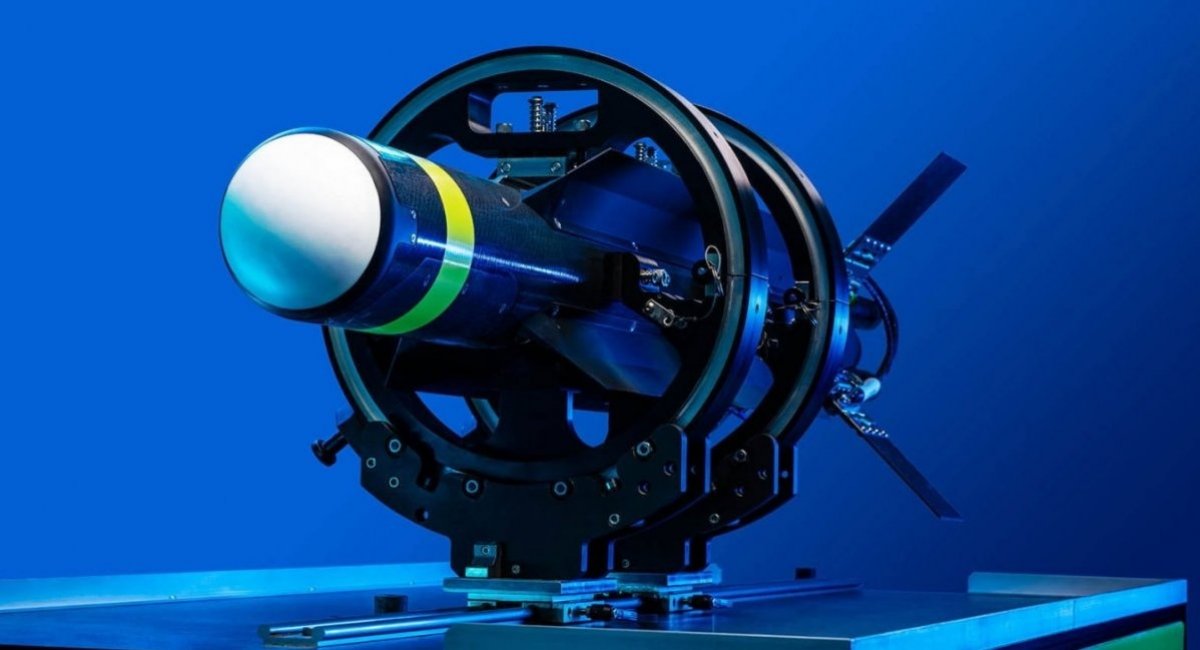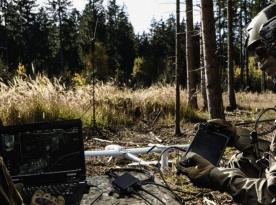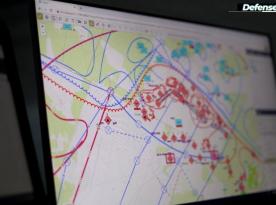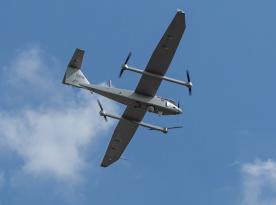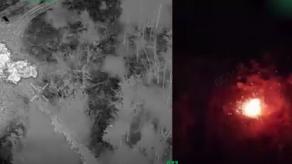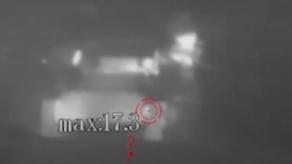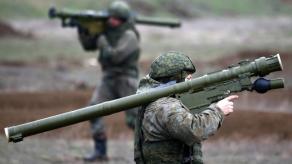Recently, Raytheon, one of the main missile manufacturers in the United States, signed an agreement to manufacture its jet-powered anti-aircraft drones in the United Arab Emirates.
The signing ceremony took place during an official event in Abu Dhabi, symbolizing the deepening of strategic industrial cooperation between the UAE and the United States. The company announced this on its official page on X.
Read more: Spain Complains It Wasn't Allowed to MGCS Eurotank Project and Slams France's Posture on FCAS Fighter
The deployment of Coyote production in the UAE is quite significant as it grants permission to manufacture the latest weapon domestically. The U.S. Army began acquiring the drones for itself only in 2023 and is yet to finish deploying them, even though they are already being used actively in ongoing military operations. The decision to produce them in the UAE may also reflect a strategy to boost regional promotion of the system in the Middle East.
There are several variants of the Coyote drones: Coyote Block 1, Block 2, Block 3, and the new Coyote LE SR. The first two variants, Block 1 and Block 2, are equipped with fragmentation warheads designed for the physical destruction of targets, while Block 3 and Coyote LE SR are reusable.
They can be equipped with electronic warfare systems, signal repeaters, and cameras. Thus, they are capable of conducting reconnaissance, surveillance, target acquisition, electronic warfare, communications, and precision-guided threat destruction, likely in direct contact with the target.
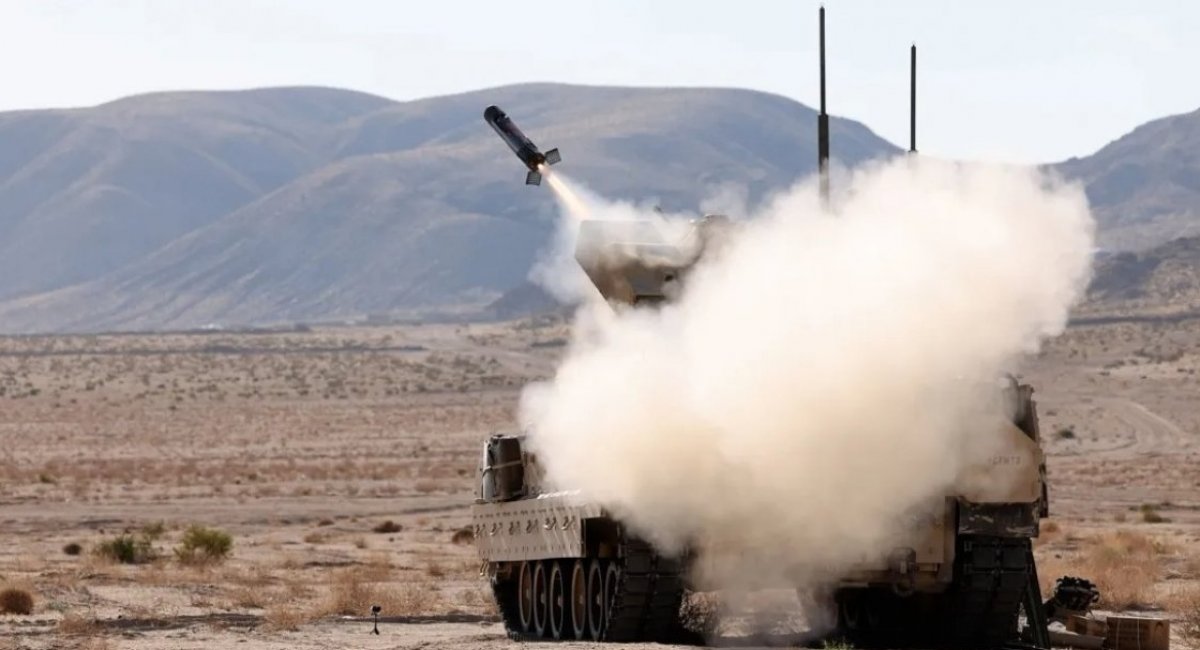
In addition, the Coyote LE SR can be launched from a helicopter, a feature already tested, as well as from the BGM-71 TOW launcher on Bradley infantry fighting vehicles. This connects to a notable episode where the U.S. drew attention with the enigmatic launch of the 670 missile from Bradley IFV, only later revealing the true nature of this previously unknown system.
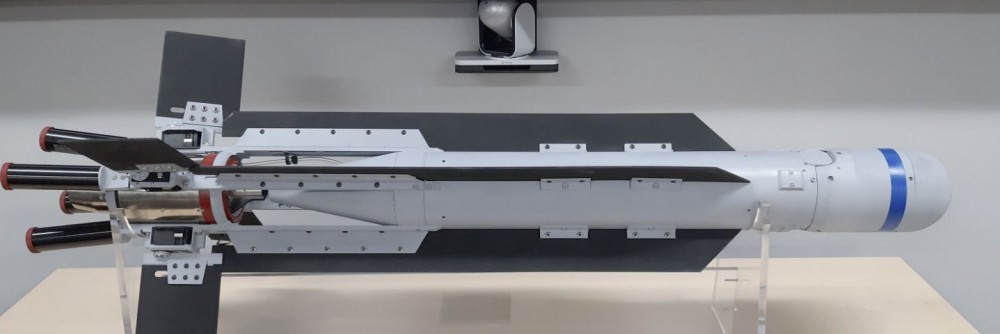
Although the Coyote is marketed as a cost-effective tool for combating enemy UAVs, its price suggests otherwise. The Coyote 2C variant costs $125,000 per unit, while the reconnaissance version will be significantly more expensive due to the use of advanced systems, though this is offset by its reusability.

It is also worth noting that the U.S. Army is currently interested in this drone series and plans to order thousands of Coyote interceptor drones, which have already proven their combat effectiveness by shooting down over 170 enemy UAVs.
Earlier Defense Express reported that the USA would keep sustaining MIM-23 HAWK, and Ukraine is not the only reason for that.
Read more: MQ-1C Gray Eagle Tested As a Drone Fighter With AGM-114L Longbow Hellfire




